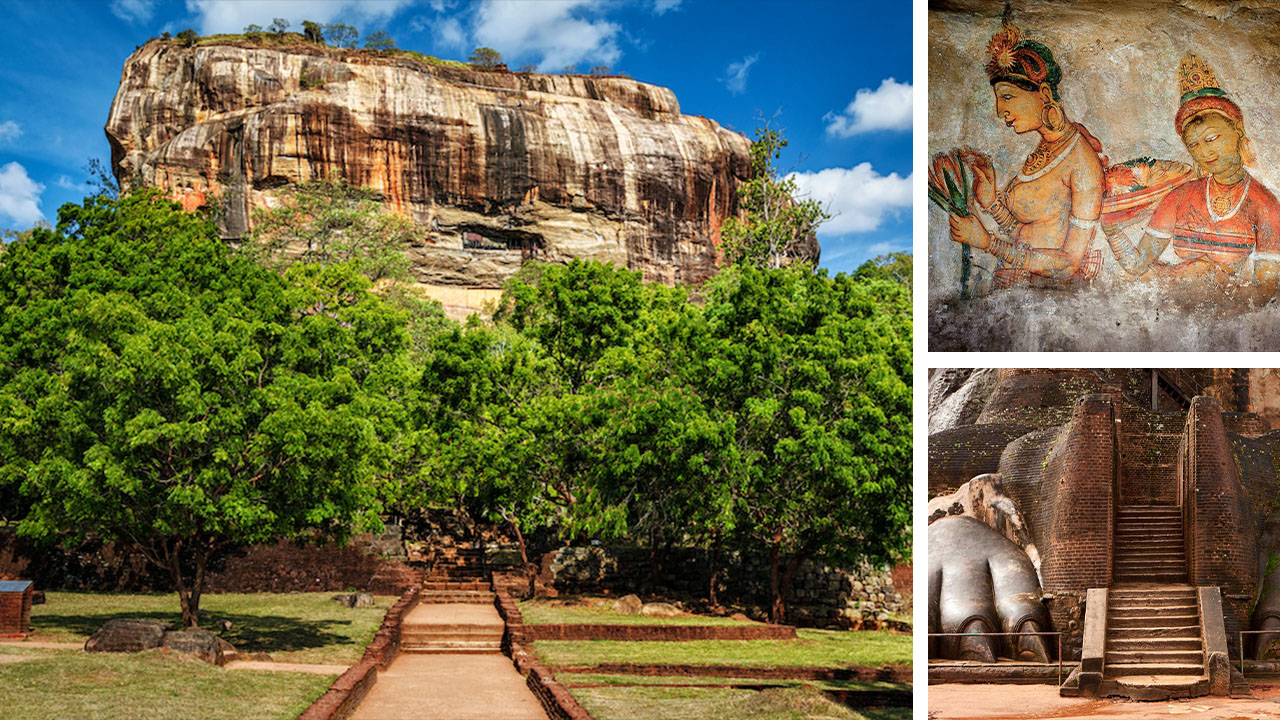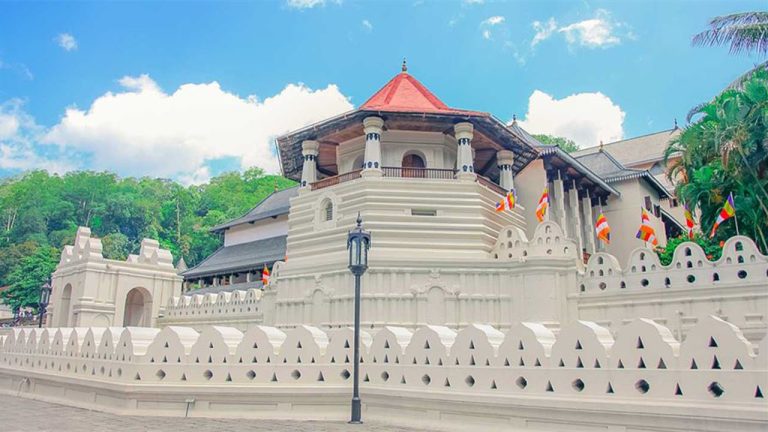Sigiriya: Discovering the Majestic Rock Fortress of Sri Lanka
Introduction to Sigiriya
Sigiriya, a UNESCO World Heritage Site nestled in the heart of Sri Lanka, stands as a testament to ancient engineering prowess and artistic brilliance. This magnificent rock fortress, the Lion Rock, beckons travelers with its rich history and breathtaking vistas.
Historical Significance
Early History
Dating back over two millennia, Sigiriya boasts a compelling history rooted in ancient civilizations. Initially, it was a monastery adorned with serene frescoes and tranquil gardens.
King Kasyapa’s Reign
During the reign of King Kasyapa in the 5th century AD, Sigiriya transformed. The king transformed the site into a fortified palace atop the towering rock, crafting a citadel adorned with remarkable architecture and stunning frescoes.
Architecture and Design
The Rock Fortress
Perched 200 meters above the surrounding plains, the rock fortress mesmerizes visitors with its strategic design, comprising water gardens, terraced gardens, and defensive structures.
Frescoes
The vivid frescoes adorning the walls of Sigiriya depict celestial maidens and remain a testament to ancient artistic mastery, captivating all who lay eyes upon them.
Water Gardens
The symmetrical and sophisticated water gardens below the rock exemplify the engineering ingenuity of the era, showcasing advanced hydraulic systems and landscaping techniques.
Cultural and Artistic Elements
Sigiriya’s recognition as a UNESCO World Heritage Site underscores its cultural significance. The site is a treasure trove of artistic marvels, drawing admiration for its preservation and historical importance.
Legends and Myths Surrounding Sigiriya
Amidst its grandeur, Sigiriya is enveloped in myths and legends, adding an aura of mystique. Tales of forbidden love and tragedy echo through the ancient walls, enhancing its allure.
Tourist Attractions and Visiting Sigiriya
Tips for Visitors
Travelers seeking to explore Sigiriya should plan their visit during the more excellent parts of the day to fully relish the experience while staying hydrated.
Nearby Attractions
The vicinity of Sigiriya boasts additional marvels, including the ancient city of Polonnaruwa and the serene Dambulla Cave Temple, offering enriching experiences for history enthusiasts.
Conservation Efforts and Preservation
Preservation initiatives safeguard Sigiriya’s heritage, ensuring future generations can marvel at its splendor. Ongoing efforts focus on maintaining the site’s integrity while welcoming visitors responsibly.
Sigiriya in Modern Culture
Influence on Arts and Literature
Sigiriya’s awe-inspiring architecture and historical significance have left an indelible mark on Sri Lankan arts, literature, and cultural expressions.
Tourism Impact
The site’s popularity as a tourist destination has bolstered local economies while raising awareness about the need for conservation and sustainable tourism practices.
Unique FAQs:
Is climbing Sigiriya challenging?
While the climb can be steep in places, it’s manageable with moderate fitness levels. Visitors can take breaks along the way.
Are there guided tours available at Sigiriya?
Yes, guided tours are available, providing insights into Sigiriya’s historical and cultural aspects.
What is the best time of day to visit Sigiriya?
Early or late afternoons are ideal for avoiding the heat and enjoying the views.
Are there any restrictions on photography at Sigiriya?
Photography for personal use is generally allowed, but certain areas might have restrictions to preserve the site’s integrity.
Can I visit Sigiriya year-round?
Yes, Sigiriya is open year-round, but weather conditions might affect the overall experience.



